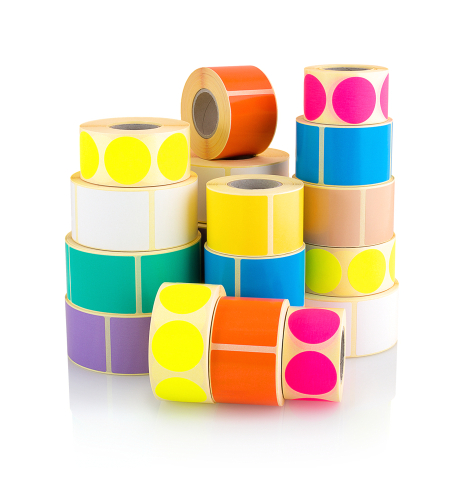In an ever-expanding world of technology, direct thermal labelling stands out as an industry-leading tool for all product packaging and distribution needs. Today’s article provides an insider’s view of the various industries that have direct thermal labelling to thank for smooth operations.
So read on to discover where direct thermal labelling from CDM Labels has and continues to leave its mark.
Understanding Direct Thermal Labelling
The outstanding feature of direct thermal labelling is its use of heat-sensitive material to apply texts and images onto label media. In summary, unlike other forms of labelling, it doesn’t need toners, inks, or ribbons.
Instead, the concept uses heat applied to the empty label, triggering a reaction in the thermal coating, leading to the transfer of texts and images. It’s a unique process widely appreciated for its simplicity, neatness, and cost-effectiveness. All those qualities showcase why the process is utilised in various industries.
Industries Benefiting From the Use of Direct Thermal Labelling
1. Logistics
Industries tasked with logistics and warehousing rely on direct thermal labelling for improved operations. The process is employed when producing inventory tags, shipping labels, and tracking labels. All these labels are crucial for effective supervision, storage, and distribution of products worldwide.
Due to its efficiency, direct thermal labelling is a first pick for producing labels on demand, making it a valuable asset.

2. Retail
Moving on from logistics to retail. Direct thermal labels have seen themselves utilised for the hard, fast world of buying and selling. Product labels, barcodes, and price tags are all made using the technique, with guaranteed high-quality labels.
The speed and efficiency of direct thermal printers creating those labels also make them valuable in retail.
3. Food and Beverage
When shopping in the market for consumables, you’re sure to notice labels on the product packaging. These labels include expiration date labels, nutritional fact labels, and even food packaging. These labels are made using direct thermal printers, and the lack of ink makes them safe for packaging and labelling consumables.
4. Appliances
Industries tasked with producing all types of home and office appliances also employ direct thermal labels in their product packaging and distribution. Product information labels, warning hazard labels, barcodes, and so on are made using direct thermal labelling for more legible and quality texts and images on labels.
5. Healthcare
Even the delicate healthcare system relies on the ever-dependent direct thermal labelling for specific purposes. For instance, specimen labels, blood bag labels, and prescription labels – these are made using direct thermal printers and the results are of high quality.
It’s a reliable process that ensures the labels aren’t left vulnerable to chemicals and other specimens that come in contact with the labels. At the same time, labels are safe for writing on and enhance legibility.
Wrapping Up
Direct thermal labelling stands out as an efficient means to generate quality and durable labels on the clock. The use of heat means industries don’t bother about the cost of ink, ribbons, and toners but instead can focus more on generating labels that perform efficiently.





